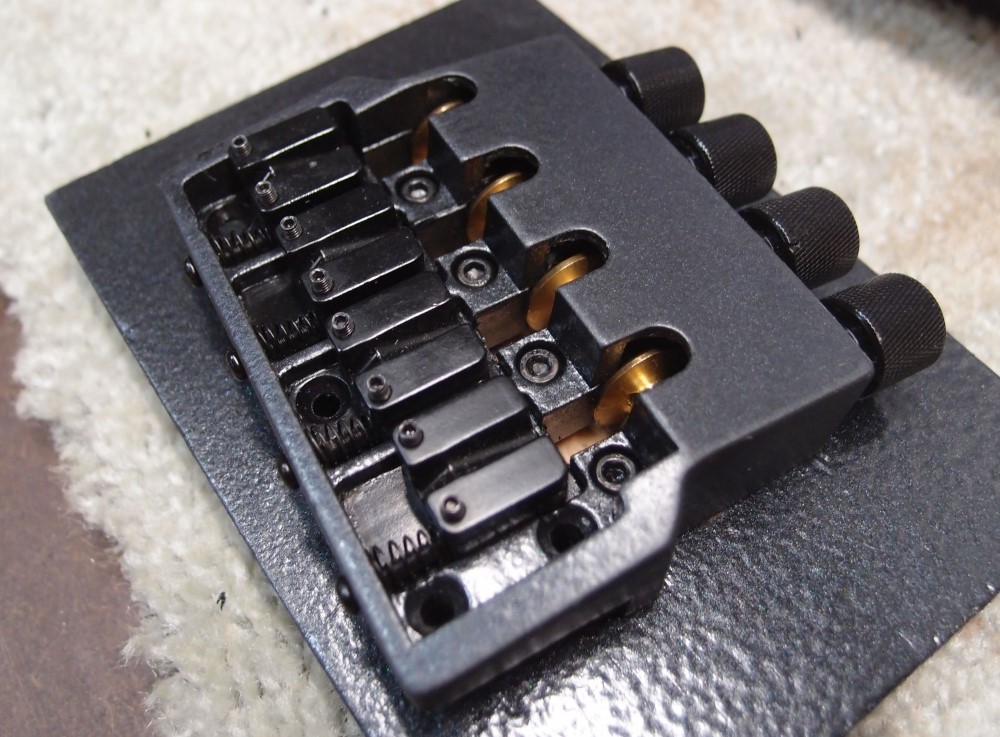December 8, 2021
Making Fret Wire
December 8, 2021

Most modern fret wire is made from what is called eighteen percent nickel-silver. The term denotes a common alloy used in many commercial and industrial applications where high corrosion resistance is required and excellent cold-working properties are necessary for fabrication.
Eighteen percent nickel-silver is actually a copper alloy, containing eighteen percent nickel and either fifty-five percent copper and twenty-seven percent zinc, or sixty-five percent copper and seventeen percent zinc. Fret wire is made from the latter variety. The alloy contains no silver at all despite the name bestowed by custom. An alloy harder than eighteen percent nickel/silver would yield longer-lasting frets but would quickly wear out the high-speed machinery on which it is formed.
Round wire, typically about .114 inch in diameter, is received by the fret-wire manufacturer in coils weighing up to one hundred fifty pounds. For the largest types of fret wire, the round wire is used full-sized; for smaller types, it is drawn down to smaller diameters. After drawing, there
are four cold-rolling operations, using combinations of male and female rolls to produce the final cross-section.
-- an interesting article I found while cleaning up a hard drive
